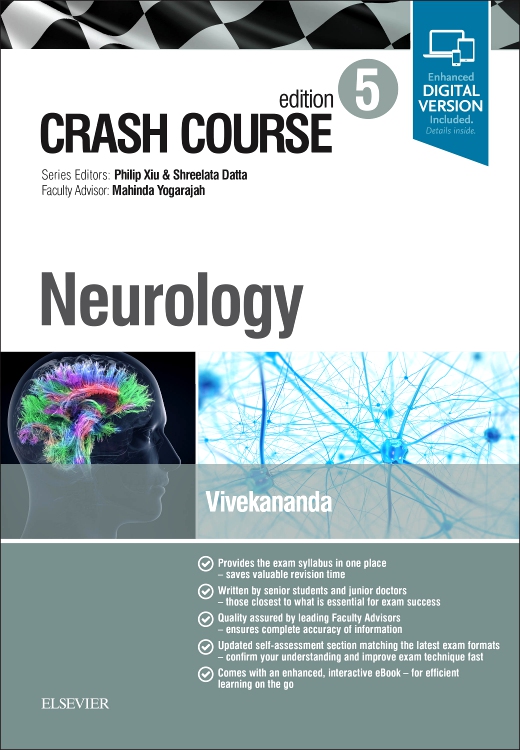Clinical Neuroscience,
Edition 1
An Illustrated Colour Text
By Paul Johns, BSc BM MSc FRCPath
Publication Date:
20 Mar 2014
Description
This book provides a clear and readable introduction to the central concepts of clinical neuroscience. The first part of the book deals with fundamental areas of neuroscience required for a sound understanding of brain disease. This is followed by an account of the neurobiology of the most common and important brain diseases of the western world (stroke, epilepsy, Alzheimer's disease, Parkinson's disease and multiple sclerosis). The book is in the same general style as the successful Crossman: Neuronatomy with extensive colour illustrations.
Key Features
- Short, affordable and readable introductory level text in the same style as Crossman: Neuroanatomy
- Assumes little previous neuroscience knowledge
- Explains fundamental concepts without overwhelming detail
- Focuses on clinically relevant material
- Includes the most common and important neurological disorders.
About the author
By Paul Johns, BSc BM MSc FRCPath, Consultant Neuropathologist / Senior Lecturer in Neuroanatomy, St George's Healthcare NHS Trust and St George's University of London, London, UK
Table of Contents
Overview of the nervous system. Brain development. Functional neuroanatomy. Sensory and motor pathways. Neurons and glial cells. Electrical signalling in neurons. Synaptic transmission. Cellular mechanisms of neurological disease. Head injury. Stroke. Epilepsy. Dementia. Parkinson’s disease. Multiple sclerosis. Appendix. Index.
Book details
ISBN:
9780443103216
Page Count: 216
Illustrations
: Approx. 337 illustrations (310 in full color)
Retail Price
:
£31.99
Crossman and Neary: Neuroanatomy 3E: An Illustrated Colour Text, Churchill Livingstone, 2005, 200 pages, £24.99
Haines: Fundamental Neuroscience 2E, Churchill Livingstone, 2001, 608 pages, £40.99
Nadeau et al: Medical Neuroscience, Saunders, 2004, 672 pages, £31.99
Squire: Fundamental Neuroscience, Academic Press, 2002,1600 pages, &79.95
Haines: Fundamental Neuroscience 2E, Churchill Livingstone, 2001, 608 pages, £40.99
Nadeau et al: Medical Neuroscience, Saunders, 2004, 672 pages, £31.99
Squire: Fundamental Neuroscience, Academic Press, 2002,1600 pages, &79.95
Audience
Medical students during the entirety of their course






















